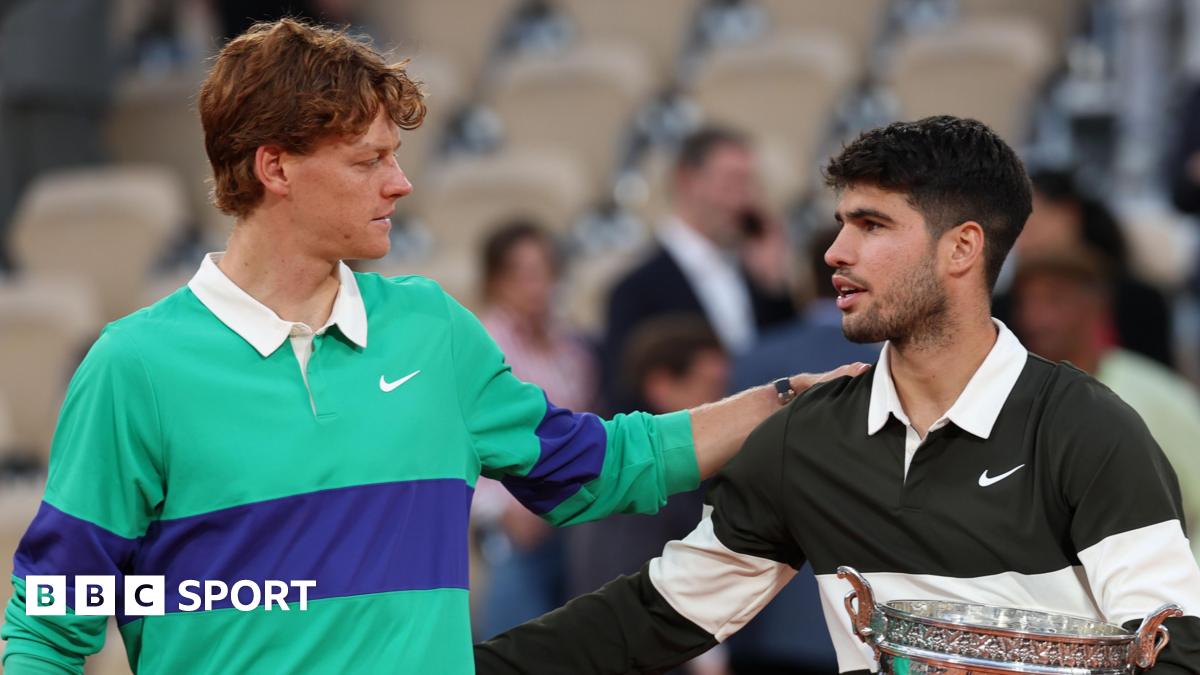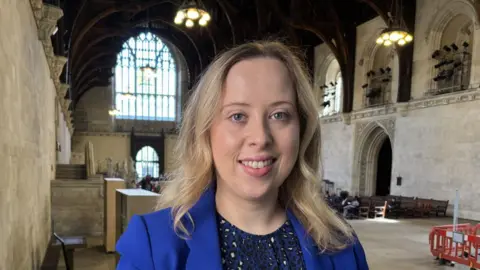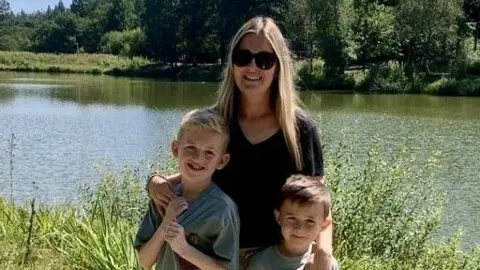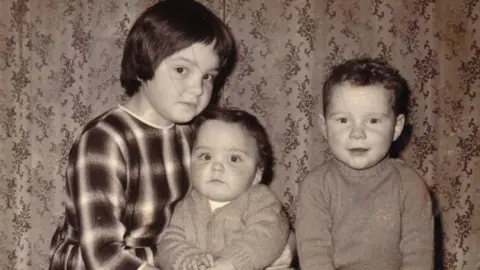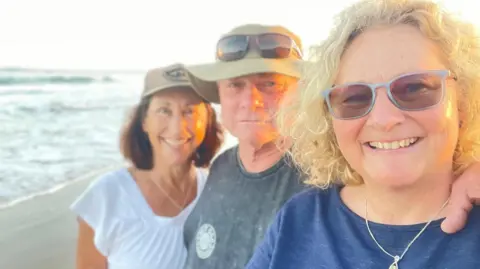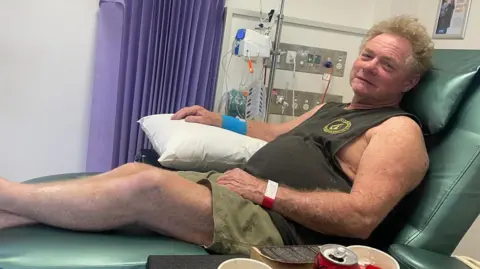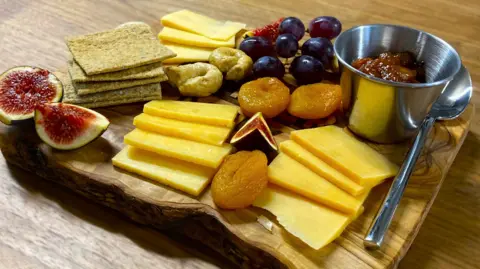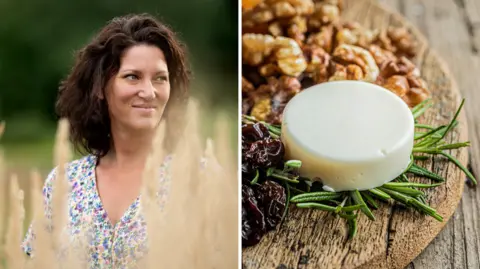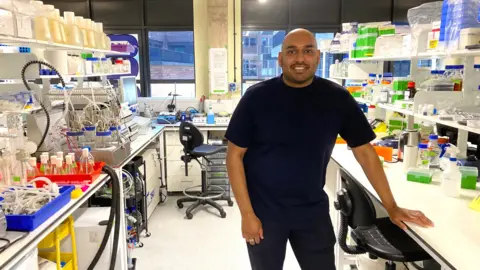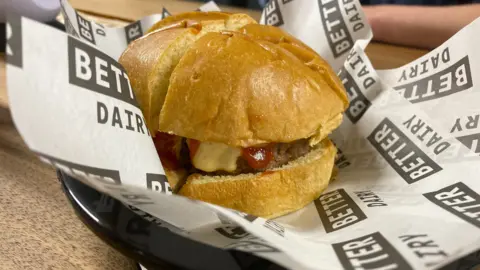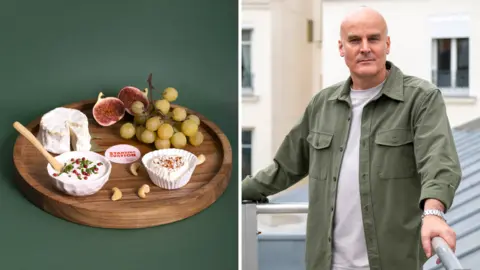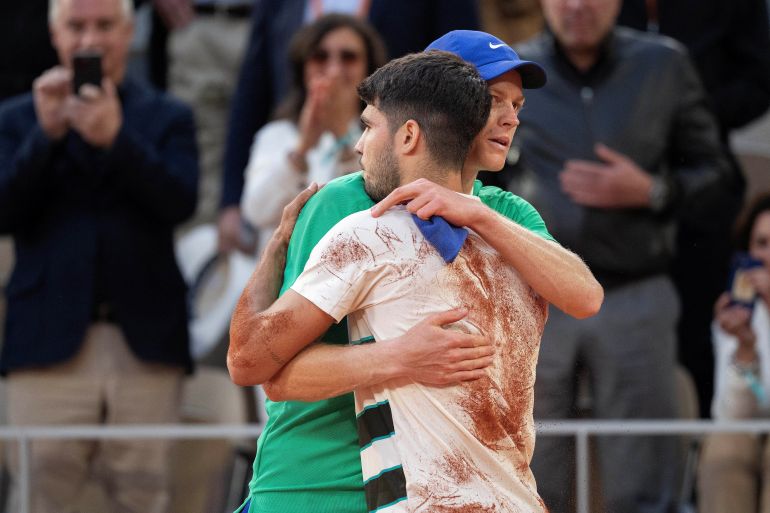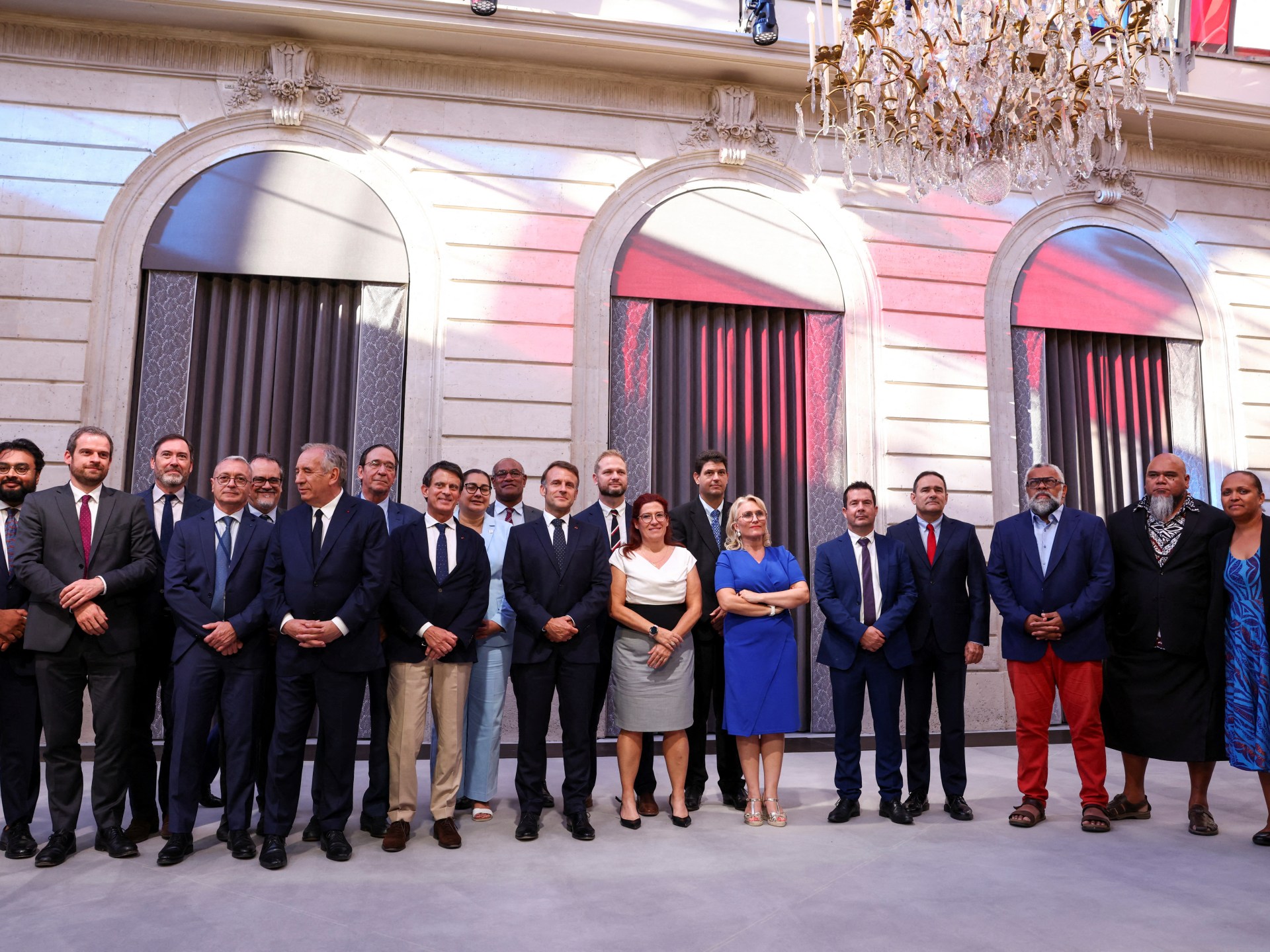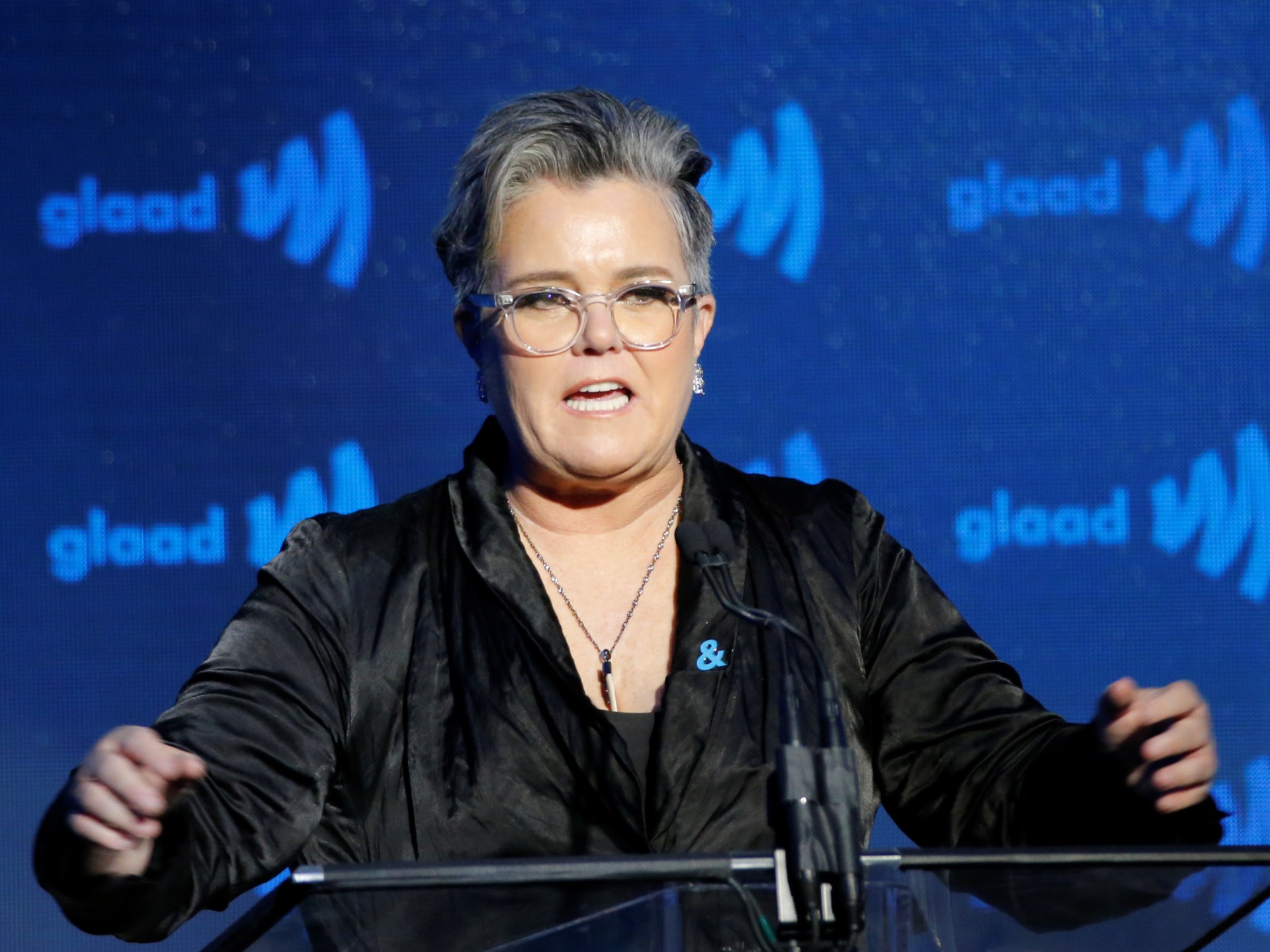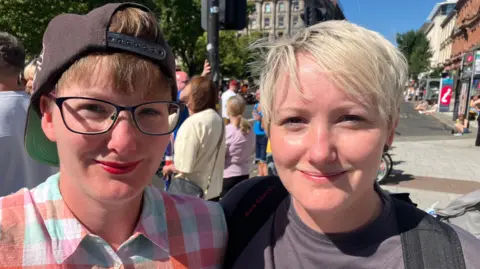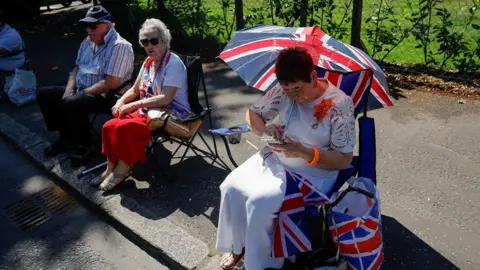Children collecting water among 59 Palestinians killed by Israel in Gaza | Israel-Palestine conflict News
At least 10 Palestinians have been killed at a water collection point in central Gaza, six of them children, as famine spreads in the besieged enclave and food and water supplies remain at critically low levels.
Israeli forces on Sunday killed at least 59 Palestinians, 28 of them in Gaza City, as they targeted residential areas and displacement camps across Gaza, medical and local sources told Al Jazeera.
The attack on the water distribution point in Nuseirat refugee camp, which also wounded 16 people, came as the Israeli military steps up attacks as it prepares to force the entire population of Gaza into a concentration zone in the south.
Al Jazeera’s Hani Mahmoud, reporting from Gaza City, said there is a water crisis across the Gaza Strip.
“Even though water is not suitable for drinking as most of the time it’s contaminated, thirst is pushing people to these areas,” he said, referring to Nuseirat.
“This is not the first time it’s happening. This is close to 10 times and just in the past few months when people were directly and deliberately targeted as they were trying to get water.”
Israel’s relentless bombardment of Gaza killed at least 110 Palestinians on Saturday, including 34 people waiting for food at the Israeli- and United States-backed Gaza Humanitarian Foundation (GHF) aid distribution site in Rafah.
Mahmoud said nearly 800 Palestinians have been killed since the GHF began distributing food parcels in Gaza at the end of May through its “monopoly of humanitarian aid distribution”, pushing aside other efficient, more organised and trusted organisations, including the United Nations.
“A person can pick up a food parcel for their family, but that is not nearly enough to feed hungry children and hungry family members, and that’s the tragedy,” he said.
“People are forced to make these dangerous trips from northern Gaza, from Gaza City, all the way to Rafah city. They walk for 12 to 15km [7.5 to 9 miles], and it takes them a whole day. Some do that at night, sleeping inside bombed-out buildings, to get there as early as possible. Despite all of these efforts to get there as early as possible, they are met with live ammunition and deliberate shooting by Israeli forces.”

At least 67 children have died of hunger in Gaza since October 2023, Gaza’s Government Media Office said on Saturday.
Furthermore, UNRWA, the UN agency for Palestinian refugees, warned of a sharp rise in malnutrition cases as Israel’s blockade of the coastal enclave entered its 103rd day.
In a statement, the agency said one of its clinics in Gaza has seen an increase in the number of malnutrition cases since March when the Israeli siege started. “UNRWA hasn’t been allowed to bring in any humanitarian aid since,” it said.
The warnings came as Israeli forces continued to target starving Palestinians.
On Sunday, an Israeli warplane struck a house in the al-Sawarkah area west of the Nuseirat refugee camp, killing 10 people.
In the northern Gaza Strip, six Palestinians were killed and others injured when an Israeli warplane bombed a house in the Shati refugee camp west of Gaza City.
Five others were killed and several more injured in a separate air strike that hit a house on Hamid Street in western Gaza City.
In the al-Sabra neighbourhood of Gaza City, a girl and another person were killed and several injured when Israeli forces bombed a home there.
In southern Gaza, Nasser Medical Complex medics confirmed the deaths of three people after an Israeli strike on a displacement tent in the al-Mawasi area west of Khan Younis city.
Meanwhile, Israeli forces blew up several residential buildings in the Tuffah neighbourhood in eastern Gaza City.
The strikes came amid an apparent deadlock in a week of indirect talks in Qatar between Israel and the Palestinian group Hamas for a ceasefire to halt the 21-month war.
Rejecting international calls for a ceasefire, the Israeli army has pursued a genocidal offensive on Gaza since October 7, 2023, killing more than 58,000 Palestinians so far, most of them women and children.
Almost the entire population of more than 2 million people in Gaza have been forcibly displaced at least once during the war, which has created dire humanitarian conditions in the Palestinian territory.
In November, the International Criminal Court issued arrest warrants for Israeli Prime Minister Benjamin Netanyahu and former Defence Minister Yoav Gallant for war crimes and crimes against humanity in Gaza.
Israel also faces a genocide case brought by South Africa before the International Court of Justice for its war on the enclave.











